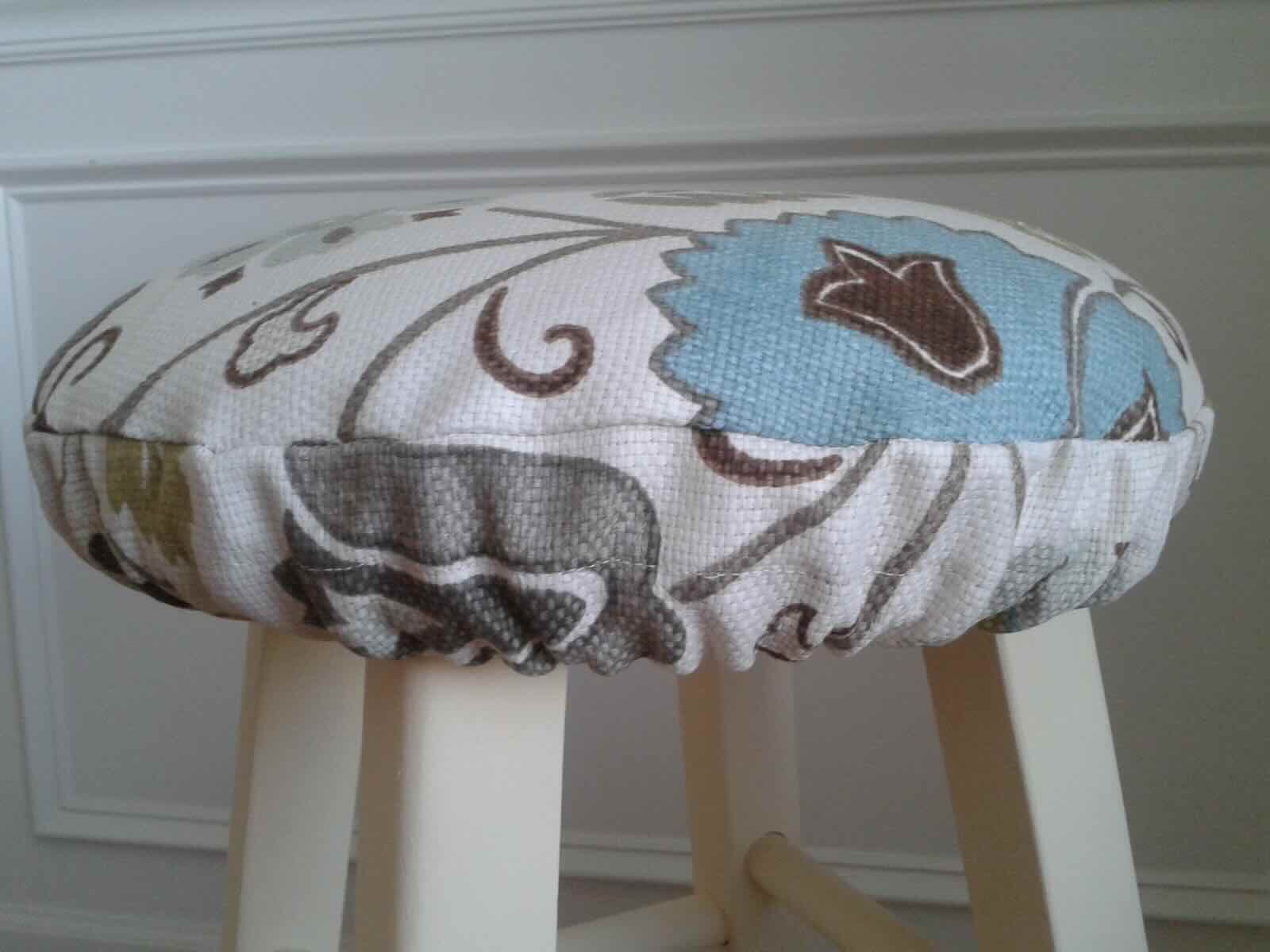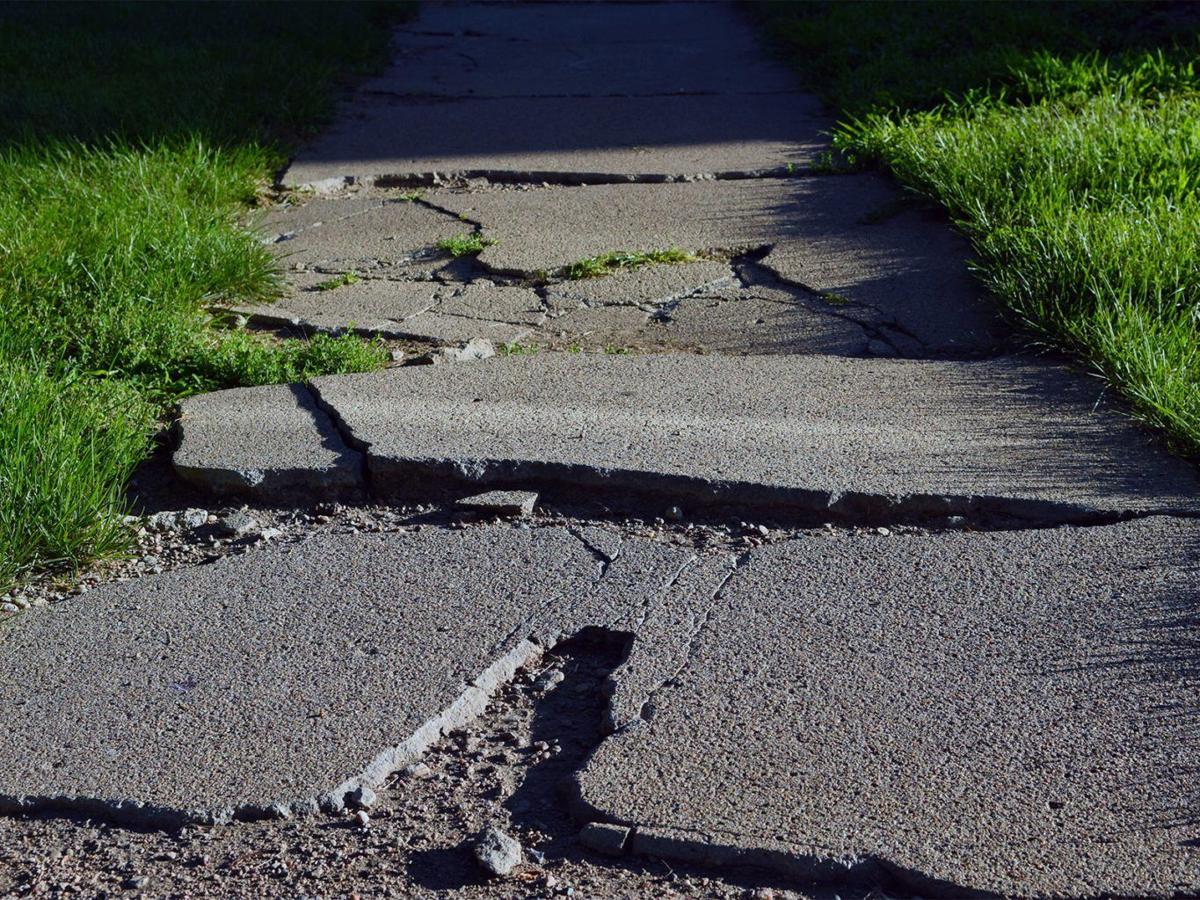Home>Furniture & Design>Kitchen Furniture>How To Fix Uneven Bar Stools


Kitchen Furniture
How To Fix Uneven Bar Stools
Published: January 8, 2024
Learn how to fix uneven bar stools with our expert tips and solutions. Get your kitchen furniture back in balance for a comfortable and stylish dining experience. Discover the best methods for adjusting and stabilizing your kitchen furniture.
(Many of the links in this article redirect to a specific reviewed product. Your purchase of these products through affiliate links helps to generate commission for Storables.com, at no extra cost. Learn more)
Introduction
Bar stools are a stylish and practical addition to any kitchen or dining area. They provide a casual seating option for quick meals, social gatherings, or simply enjoying a cup of coffee. However, when bar stools become uneven or wobbly, they can quickly transform from a convenient seating solution to an annoyance and a potential safety hazard.
In this article, we'll explore practical and effective solutions for fixing uneven bar stools. Whether your bar stools wobble due to uneven legs, lack of support, or other issues, we'll guide you through the process of assessing the problem and implementing the necessary fixes. By following these steps, you can restore stability and functionality to your bar stools, ensuring a comfortable and safe seating experience for you and your guests.
So, if you've ever found yourself awkwardly adjusting your position on a wobbly bar stool or feeling uneasy about its stability, you've come to the right place. Let's delve into the world of bar stool repair and discover how to address the common issue of uneven bar stools.
Key Takeaways:
- Uneven bar stools can be fixed by adjusting the legs or adding support to create a stable seating experience. Assess the problem, make adjustments, and consider replacement options if necessary.
- If your bar stools wobble, check for uneven leg length or structural issues. Adjust the legs, reinforce connections, and consider a sturdier replacement for a secure and comfortable seating solution.
Read more: How Much Overhang For Bar Stools
Assessing the Problem
Before diving into the repair process, it’s essential to accurately assess the underlying cause of the unevenness in your bar stools. Uneven bar stools can result from various factors, and pinpointing the specific issue will guide you toward the most effective solution.
Start by placing the bar stool on a flat, level surface and sitting on it to determine the extent of the wobbliness. If the stool wobbles from side to side or front to back, it’s likely that the legs are uneven in length. Alternatively, if the stool feels unstable or wobbles when pressure is applied, the issue may be related to the stool’s structural integrity or lack of support.
Inspect each leg of the bar stool, checking for any visible damage, such as bends, cracks, or missing glides. Uneven wear on the bottom of the legs can also contribute to instability. Additionally, examine the connection points between the legs and the seat to ensure they are secure and free from any structural damage.
Furthermore, consider the flooring surface where the bar stool is placed. Irregularities in the floor, such as small bumps or slopes, can also cause the stool to wobble. If this is the case, addressing the flooring issue may be necessary to achieve a stable seating arrangement.
By carefully assessing the problem, you can gain valuable insights into the specific factors contributing to the unevenness of your bar stools. This knowledge will serve as a solid foundation for implementing the appropriate repairs, ensuring that your bar stools are restored to a stable and secure condition.
Adjusting the Legs
Uneven leg length is a common cause of wobbliness in bar stools. Fortunately, this issue can often be resolved by adjusting the legs to ensure uniform contact with the floor. Here’s how to address uneven legs and restore stability to your bar stools:
- Identify the Shorter Leg: Start by placing the bar stool on a level surface and observing the wobbliness. Determine which leg is shorter and contributing to the instability.
- Protect the Floor: To prevent damage to the floor and facilitate smooth adjustments, place a soft cloth or towel beneath the leg that requires modification.
- Extend the Shorter Leg: Depending on the design of your bar stool, you may be able to extend the shorter leg by attaching additional material, such as a rubber or felt pad, to its bottom. Alternatively, some bar stools feature adjustable feet that can be lengthened or shortened to achieve balance.
- Trim the Longer Legs: If the legs of your bar stool are made of wood or another material that can be trimmed, carefully shave off small amounts from the bottom of the longer legs until the stool sits evenly on the floor.
- Test for Stability: Once adjustments have been made, test the bar stool for stability by sitting on it and applying gentle pressure from different angles. Ensure that it no longer wobbles and sits firmly on the floor.
By addressing uneven leg length, you can eliminate the wobbliness in your bar stools and create a secure and comfortable seating experience. However, if adjusting the legs does not fully resolve the issue, additional measures may be necessary to reinforce the stability of the stools.
To fix uneven bar stools, try adjusting the feet or adding felt pads to level them. If the problem persists, check for any loose screws or bolts and tighten them as needed.
Adding Support
When adjusting the legs alone does not completely resolve the wobbliness of your bar stools, adding additional support can provide the necessary stability. This approach is particularly beneficial for bar stools with a swivel or adjustable height feature, as these designs may require extra reinforcement to eliminate wobbliness. Here’s how to add support to your bar stools:
- Reinforce Joints and Connections: Inspect the connections between the seat and the legs of the bar stool. If there is any noticeable looseness or play in these joints, consider reinforcing them with wood glue or screws to create a more secure attachment.
- Install L-Brackets or Corner Braces: For added stability, consider attaching L-brackets or corner braces to the underside of the seat, connecting it to the legs. This added reinforcement can significantly reduce wobbliness and enhance the overall strength of the bar stool.
- Utilize Shims: If the wobbliness is caused by minor irregularities in the floor, shimming the base of the bar stool can help create a more stable foundation. Use thin, wedge-shaped shims made of wood or plastic to fill any gaps between the legs and the floor, ensuring even contact and stability.
- Consider Cross-Bracing: In some cases, especially with bar stools featuring a slender or angular design, adding cross-bracing between the legs can effectively minimize wobbliness. This involves attaching a supportive brace diagonally between the legs to distribute weight and enhance stability.
- Upgrade to a Sturdier Base: If your bar stools continue to exhibit wobbliness despite adjustments and additional support, consider upgrading to a model with a sturdier base or a more robust construction. Look for bar stools designed with stability in mind, featuring a wider base or reinforced structural elements.
By implementing these support-enhancing measures, you can effectively address the wobbliness in your bar stools, ensuring a secure and stable seating solution for your kitchen or dining area.
Replacing the Stool
While attempting to fix an uneven bar stool through adjustments and reinforcements can often yield positive results, there are instances where the extent of the issue or the condition of the stool may warrant a replacement. When considering the option of replacing the stool, several factors should be taken into account to ensure a suitable and stable replacement. Here’s a guide to help you navigate the process of replacing an uneven bar stool:
- Evaluate the Extent of the Issue: If the bar stool exhibits severe structural damage, extensive wobbliness, or signs of wear that compromise its stability, it may be more practical to replace it rather than invest time and resources in repairs.
- Assess Your Seating Needs: Consider the specific requirements for seating in your kitchen or dining area. Determine the desired height, style, and functionality of the bar stool to ensure that the replacement aligns with your preferences and practical needs.
- Explore Sturdy and Stable Options: When selecting a replacement bar stool, prioritize models known for their stability and durability. Look for stools with a solid and well-constructed base, secure connections between the seat and legs, and a design that minimizes wobbliness.
- Consider Adjustable and Swivel Features: If you prefer a bar stool with adjustable height or swivel capabilities, ensure that these features are designed to maintain stability and minimize wobbliness. Look for models with reinforced mechanisms and stable swivel bases.
- Examine Material and Construction: Assess the materials and construction of potential replacement stools, opting for sturdy and reliable options. Whether you prefer wood, metal, or other materials, prioritize stools with a solid and stable build.
- Test for Stability: Prior to making a purchase, if possible, test the stability of the replacement bar stool by sitting on it and applying gentle pressure from different angles. Ensure that it provides a secure and wobble-free seating experience.
By carefully evaluating the need for replacement and selecting a suitable, stable, and well-constructed bar stool, you can effectively address the issue of wobbliness and enjoy a secure and comfortable seating solution in your kitchen or dining area.
Read more: How Much Space Is Needed For Bar Stools
Conclusion
Fixing uneven bar stools is a manageable task that can significantly enhance the comfort and safety of your kitchen or dining area. By assessing the problem, adjusting the legs, adding support, and considering replacement options, you can effectively address wobbliness and restore stability to your bar stools.
Through careful observation and assessment, you can identify the specific factors contributing to the unevenness of your bar stools, laying the groundwork for targeted repairs. Adjusting the legs to ensure uniform contact with the floor can often eliminate wobbliness, providing a straightforward solution to the issue. Additionally, adding support through reinforcement, shimming, or cross-bracing can further enhance the stability of your bar stools, creating a secure seating arrangement.
While repairs and support additions can yield positive results, there are instances where the condition of the bar stool or the extent of the issue may warrant a replacement. By carefully evaluating your seating needs and selecting a sturdy and stable replacement, you can ensure a secure and wobble-free seating solution in your kitchen or dining area.
Ultimately, addressing the issue of uneven bar stools not only improves the functionality of your seating but also contributes to a safer and more enjoyable dining experience. Whether you opt for repairs, reinforcements, or a replacement, prioritizing stability and comfort will ensure that your bar stools provide reliable and secure seating for you and your guests.
By following the guidance provided in this article, you can confidently tackle the challenge of wobbly bar stools, restoring stability and comfort to your kitchen or dining area with ease.
Frequently Asked Questions about How To Fix Uneven Bar Stools
Was this page helpful?
At Storables.com, we guarantee accurate and reliable information. Our content, validated by Expert Board Contributors, is crafted following stringent Editorial Policies. We're committed to providing you with well-researched, expert-backed insights for all your informational needs.















0 thoughts on “How To Fix Uneven Bar Stools”